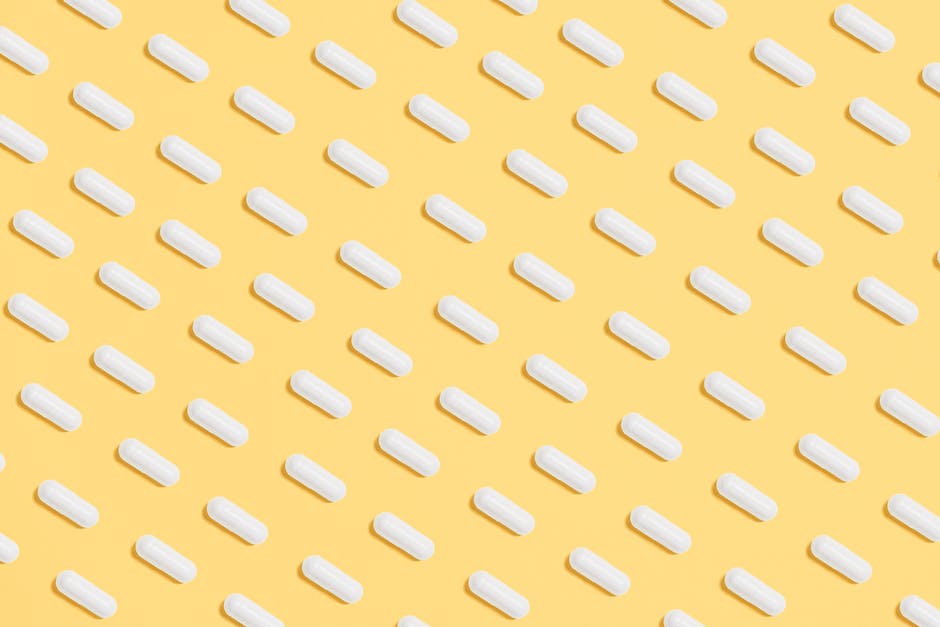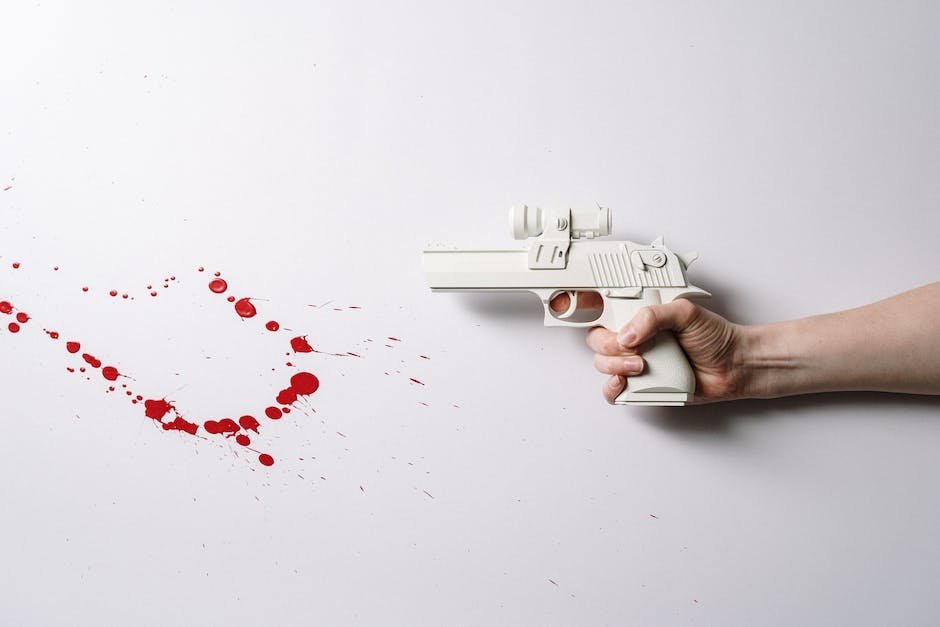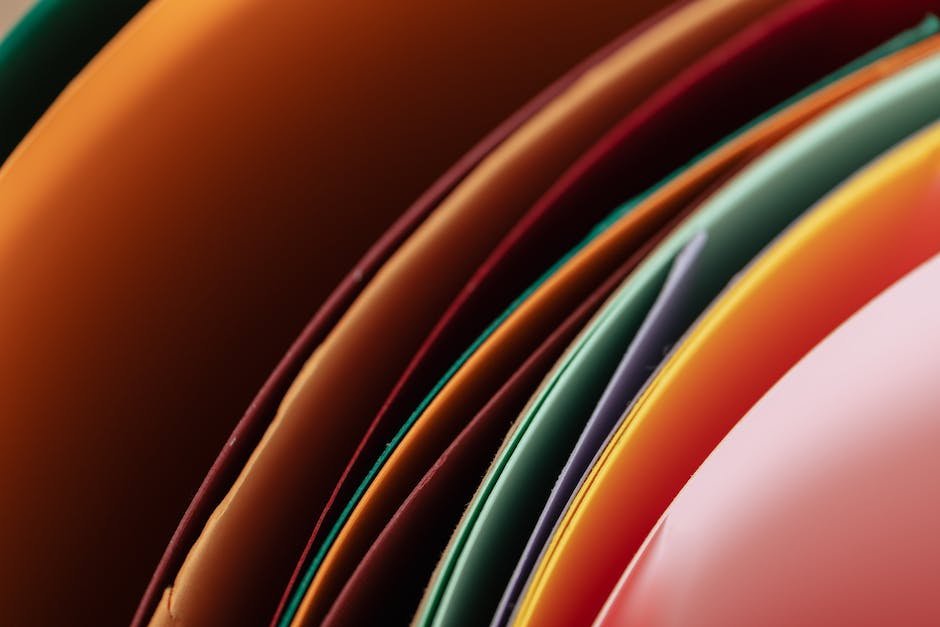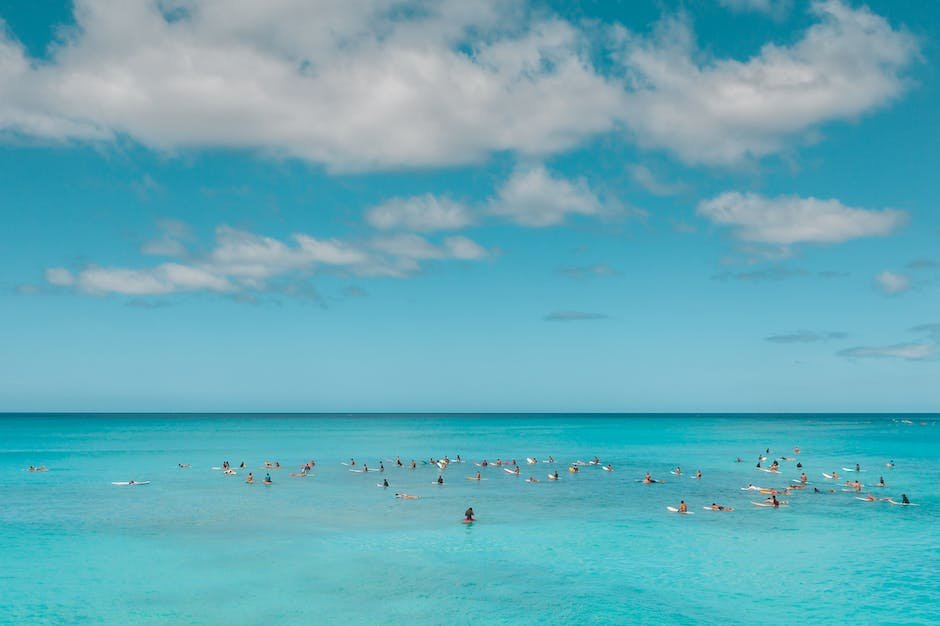Mixing alcohol with drugs or substances can lead to much higher doses than you would normally drink alone. This is because alcohol lowers your body’s tolerance for other things, making it easier to get more of them going down faster.
Many people mix alcohol with illicit drugs like cocaine, heroin, or marijuana. Unfortunately, this isn’t always safe. The drinks may contain medications that were not checked for when they were made, and too many cans of beer can increase risk of heart attack or stroke.
Alcohol also acts as a depressant, which means it makes people feel sleepy and tranquil. When mixed with stimulants, people can become agitated and hyperactive. This is why people often see cases where someone gets into an accident due to drug use. They are unable to stay awake, aware, and engaged with what was happening.
This article will talk about how much alcohol is needed to achieve intoxication, and what numbers mean. We will then look at some examples of common recreational drugs and what ml amounts mean for each one.
Deciding how many ml to use

When mixing solutions, you should know how much of each solution you have! If you do not, then you may unknowingly consume too much of one component or the other, which can be disastrous for your skin.
Oftentimes, people will underestimate how much liquid they need for their mixture. They assume that because it is already mixed into another solution, then more liquid does not matter. This is very wrong!
Your skin needs enough moisture to function properly so make sure to add an adequate amount of water before applying your treatment. Also, remember that some treatments require less liquid than others, so check out our article: What Is OA Ratio And More Important Why It Matters! if you are having trouble determining this.
Calculate the amount of ml needed

The second way to determine how much liquid you have left is by calculating how many milliliters of each fluid you have. This is done by multiplying your volume of each fluid by its specific gravity.
The specific gravity of water is 1, so every time you measure how much water you have, it will be multiplied by one. For example, if you had two glasses of water, then half of what we calculated above would be used for this article!
Specific gravities vary from substance to substance.
Mixing tips

When it comes to mixing your own cocktails, there are two main things that people get mixed up about. One is when the drink has been mixed enough- how many strokes of the liquid against the glass you need to give it before drinking it!
The other thing people often get confused about is what temperature liquids should be. Some say warm beverages taste better than cold ones, while others believe the opposite.
We will talk more about this in another article, but for now just remember that if you like something hot, add hotter liquids, and if you like things colder, use cooler ones.
Know what effects ml have
In mixed drinks, like cocktails, alcohol is usually the liquid component. The amount of alcohol that makes up a drink varies depending on the type of drink and how much you use of each ingredient.
Most people are aware of two main components of alcoholic beverages- ethanol (alcohol) and water. Ethanol is typically referred to as “proof” or “strength” of the beverage, while water does not contain any alcohol.
However, there are three other ingredients called modifiers that affect the strength of the cocktail. These include sugar, acid, and kerosene.
Sugar and acid both increase the strength of the drink, whereas kerosene decreases it. Since these additives all contribute an equal amount of something, itis difficult to determine which one contributes more than the others!
The most common modifier used in creating mixed drinks is simple syrup. It is made from pure glucose (sugar) liquids so it can be directly added into the mix without having to measure another liquid such as lemon juice or vinegar. Therefore, using one half cup of plain white sugar will make enough simple syrup for 1 drink.
Some sources say that using one tablespoon of citrus extract such as lime or grapefruit powder instead of fresh squeezed juice will also produce adequate modified.
Obtain proper storage containers

Never mix alcohol with any other substance or fluid. This includes medications, acids, gases, and heavier liquids such as water.
Alcohol is very well known to increase volume of blood in your body. Liquids can empty out of your body more quickly if you do not have adequate space for them to drain.
This could cause dehydration, which would be particularly harmful for people who drink a lot of fluids before drinking alcohol. Drinking enough liquid helps prevent alcohol from being absorbed into your stomach, where it could potentially damage your organs.
Properly stored beverages should be clearly identified so that they are not accidentally mixed with alcohol. Unfortunately, most glasses don’t always keep their promises.
Never put used alcoholic beverage bottles back into the original container! These “solutions” often leak or evaporate, adding additional alcohol to the bottle’s sediment.
Avoid buying glass liquor bottles unless you know what kind of shelf life they have- some types of liquor will actually break down components of the plastic bottle.
Store ml correctly

When determining how many milliliters (ml) of product you need for your skin care regime, do not use the number given on the bottle! That amount is referred to as the consumer strength level or cs lvl for short. This is totally incorrect!
I have spoken about this topic multiple times here on our site, but I will say it again – CS levels are inaccurate!
Mostly due to the fact that company’s don’t test their products on actual users, but instead use trained testers with photostable complexions. These individuals’ natural sun protection can sometimes be enough, which is why we recommend using one of our Sun Protection Factor (SPF) tests to determine your needed SPFs.
However, what people DO put onto their skin goes beyond just sunscreen! Make sure you aren’t also including other agents such as antioxidants in your calculations.
Antioxidants like those found in our Vitamin A products help mitigate the effects of oxidative stress, or the imbalance of free radicals in your body. Free radicals can damage cells, molecules, and tissues within your body, causing disease and premature aging.
Oxidative stress has been linked to a wide range of diseases from atherosclerosis to cancer, so protecting yourself against it is important.
Mix properly

When mixing solutions, or what is known as “diluting” your solution, make sure that you do not have too many liquid components before applying it to the surface.
Too much liquid will result in water being absorbed by the powder instead of the gel forming correctly. This could also cause your skin to dry out more quickly than needed!
It is best to use a lidded bowl or plate to mix your solutions at first until you get the hang of how much mixture to add to achieve the right consistency.
General tips: remember that colder liquids take longer to set up so be careful with that! Also, if you notice the color changing slightly towards the dosed area, that means it has already started setting.
Know how to use ml correctly

When talking about liquid volume, there are two main terms that get thrown around a lot – ounces and milliliters (ml). Unfortunately, most people mix them up and end up using one more than the other!
When you do this, your calculations become inaccurate because of the difference between these two units. This can make it hard to know what volumes mean!
So what is the difference between an ounce and a mL? And why does it matter when measuring liquids?
We will go into much deeper detail below, but for now just remember that 1mL = 0.035 oz and 1oz = 3 mL!
Now let’s look at some examples!
Volume measurements – How many drops of water are in each bottle?
A very common question is how many drops of a specific fluid are in a given container. For example, how many mg of caffeine are in a drink or how many grams of sugar are in a food item.
To find this information, you need to know both the size of the cup/bottle as well as the conversion factor from cups / bottles to mls.
The conversion factor for drinks comes from the BCAAs (branched chain amino acids) which state that one teaspoon equals 2mles.


















